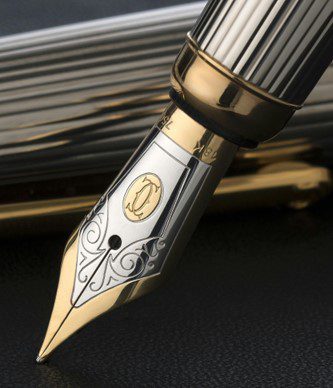In a historic discovery, a group of metal detector enthusiasts has stumbled upon a remarkable collection of gold coins dating back over 2,000 years in Wales. This astonishing find marks the first-ever hoard of Iron Age gold coins to be unearthed in the country.
The cache comprises 15 exquisite coins known as “staters,” which have officially been declared as treasure. These valuable artifacts were discovered on the picturesque Welsh island of Anglesey, nestled off the northwest coast of mainland Wales.
The coins, which date between 60 BC and 20 BC, have been attributed to the Corieltavi tribe. Back in their heyday, this tribe inhabited the region that we now know as England’s East Midlands, according to a press release from the National Museum Wales.
The incredible discovery unfolded thanks to the diligent efforts of three metal detector enthusiasts, who combed a field between July 2021 and March 2022. The first coin, a gold stater, was found by Lloyd Roberts, a seasoned detectorist with over 14 years of experience. He expressed his delight, saying, “Finding a gold stater was always number one on my wish list. That one coin alone would have made my year, but I went on to find another on my next signal.”
The subsequent three coins were discovered by Roberts’ friend, Peter Cockton, and together they reached out to the Portable Antiquities Scheme, an organization that documents such historical and archaeological discoveries. Tim Watson, a newcomer to metal detecting who was inspired by his father during the lockdown, found the sixth coin. Watson was captivated by the unique stylized images on the coin and was able to upgrade his metal detector, ultimately uncovering the remaining nine coins in the following weeks.
The gold coins boast intricate designs inspired by Philip II, who ruled the ancient kingdom of Macedonia from 359 BC to 336 BC. The obverse side of the coins showcases the mythological deity Apollo’s wreath and hair, while the reverse side features a triangular-headed horse encircled by symbolic imagery.
Historians believe that these staters were not commonly used for everyday transactions, except possibly for high-value purchases. Instead, they were likely exchanged as gifts among elites to establish alliances or display loyalty. Alternatively, the Corieltavi tribe might have used them in trade for copper, which was available in various parts of the island. Additionally, the coins might have served as offerings to deities to fulfill vows, given the region’s significance as a religious center during that era, supported by other archaeological findings and Roman references.
To unravel the mystery behind why these coins were buried in Anglesey, experts from the Gwynedd Archaeological Trust visited the site in September 2021. Although no immediate clues regarding the coins’ origin were discovered, the location is situated within an area known for prehistoric and early Roman activity, contributing to our understanding of the region’s history.
Excitingly, the Welsh museum Oriel Môn is actively pursuing the acquisition of these precious coins with the intention of putting them on public display. This remarkable discovery not only sheds light on ancient history but also enriches our appreciation of Wales’ archaeological heritage.
Also read: Top 5 Rare Coin Investing Considerations: Is it Right for You?


















